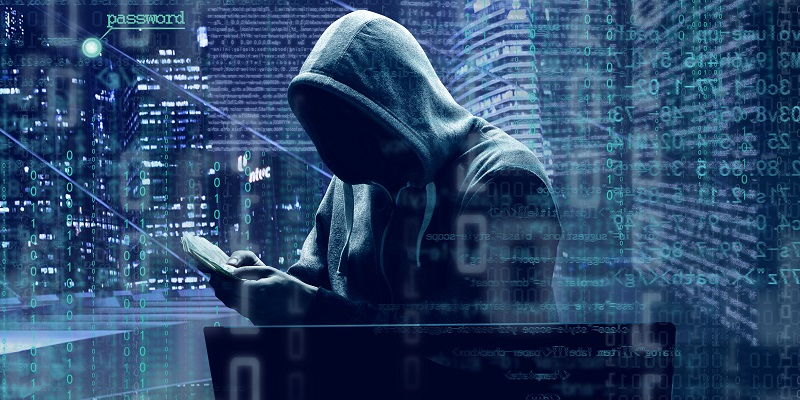In a startling admission, renowned semiconductor manufacturer SEIKO has publicly acknowledged a “possible data breach.” The incident came to light when cybersecurity experts noticed that SEIKO was listed on the data leak site of the infamous ransomware gang, BlackCat. SEIKO referred to the breach as “possible” and confirmed unauthorized access to at least one of its servers.
Ransomware gang’s involvement
The involvement of the BlackCat gang in the SEIKO breach became apparent when they listed the company on their data leak site. This act caught the attention of cybersecurity experts, who began investigating the situation. SEIKO’s initial response referred to the breach as a “possible” data breach, highlighting the seriousness of the situation.
BlackCat Claims Responsibility
Taking responsibility for the breach, the ransomware gang known as BlackCat, also identified as ALPHV, shared files on their data leak site as proof of their involvement. BlackCat is notorious for its criminal activities, especially operating a Ransomware-as-a-Service business, and has been active in the cybercrime scene since 2021.
Confirmation of Breach by SEIKO
In an effort to assess the extent of the incident, SEIKO engaged external cybersecurity experts to conduct a thorough investigation. The experts concluded that a breach had indeed occurred and that some of the company’s information may have been compromised. This confirmation marks a significant setback for SEIKO, as they now face the daunting task of minimizing any potential damage caused by the breach.
Ongoing investigation by SEIKO
With the confirmation of a breach, SEIKO has begun an extensive investigation into the nature of the information stored on the impacted servers. The company aims to provide more specific results once its investigation is complete. This meticulous process ensures that SEIKO can accurately assess the impact of the breach and take appropriate measures to address it.
Details about the ALPHV/BlackCat ransomware gang
The ALPHV/BlackCat ransomware gang has gained notoriety in the cybersecurity landscape. Their criminal activities include operating a Ransomware-as-a-Service business model and collaborating with other prominent ransomware families such as Conti, LockBit, and REvil. The gang has been causing havoc since 2021 and is responsible for approximately 12% of all ransomware attacks in 2022.
ALPHV/BlackCat’s prevalence in ransomware attacks
The scale and frequency of ransomware attacks conducted by ALPHV/BlackCat have made them a significant threat to organizations worldwide. Responsible for approximately 12% of all ransomware attacks in 2022, the gang continues to evolve their tactics, targeting various sectors and industries indiscriminately.
Recent targeting of professional service providers by ALPHV/BlackCat
Notably, in mid-May, the ALPHV/BlackCat gang targeted the prestigious Mazars Group, a leading professional service provider. The breach further underscores the gang’s audacity and ability to infiltrate organizations of all sizes, leaving their victims vulnerable to potential data leaks, financial losses, and reputational damage.
SEIKO’s acknowledgment of a possible data breach and the subsequent confirmation by external cybersecurity experts reveal the severity of the incident. The involvement of the ALPHV/BlackCat ransomware gang further compounds the threat landscape, as their criminal activities continue to impact organizations globally. As the investigation progresses, SEIKO must brace themselves for the potential aftermath of the breach, ensuring thorough mitigation and strengthening their cybersecurity measures to prevent future attacks.

